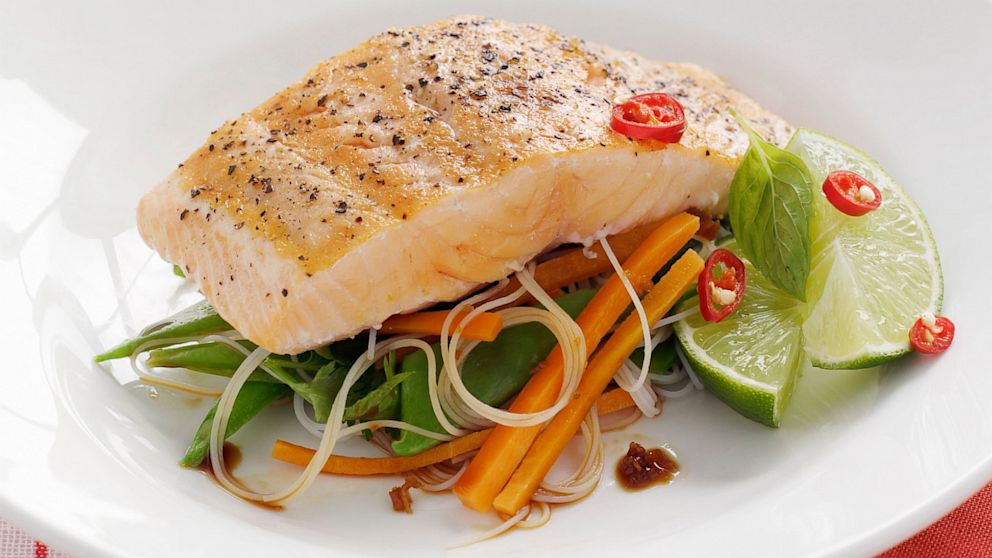Is Something Fishy in the Seafood Aisle?
How to protect your health and your wallet from mislabeled fish.

July 16, 2013— -- If you're thinking of ordering the expensive red snapper next time you eat out, save your money.
"More than 90 percent of the red snapper sold nationally is actually something else—usually cheap tilapia or rockfish," says Kimberly Warner, PhD, a senior scientist at Oceana, an ocean conservation group in Washington, D.C.
In a recent nationwide report, Oceana found that about one third of the seafood sold at restaurants and grocery stores isn't really what the label or menu says it is. Not only can mislabeling rip you off, but it also puts you at risk of unwittingly eating fish high in mercury or other toxins—not exactly the health boost you hope to get from seafood.
Learn how you can be a smarter consumer.
Bait and Switch
It all comes down to one simple cheat: Cheaper varieties of fish get labeled as more expensive ones, either by fishermen, wholesalers or, to a lesser extent, chefs. And there's little risk for the perpetrators; according to the U.S. Government Accountability Office, less than 1 percent of imported seafood is physically examined by the FDA to make sure it's genuinely what it is claimed to be.
A fish can pass through a dozen hands before it reaches your plate, and fish fraud can happen at any point along the way. First come the fishermen, who put their catch on ice and sometimes transfer it to larger vessels for transport. There, it can get mixed up by accident or on purpose with other species. If the fish is processed (the head and guts removed) on board, it's even harder to ID it just by looking.
"Commingling red snapper with other types—and calling it all red snapper—could get the fisherman or wholesaler several more dollars per pound," says Warner. Wholesalers sell to chefs and retailers, who then pass the inflated price on to you, the customer.
While you'd think it would be easy for the pros—like retailers and chefs—to spot mislabeled fish, it's actually tricky.
"Many species look very similar and require DNA testing to properly identify as authentic, so we have to rely on and trust our established relationships and credible suppliers, whether it's a local fisherman or a large wholesaler," says Rick Moonen, chef and owner of RM Seafood and Rx Boiler Room in Las Vegas. The FDA, in fact, has started using DNA sequencing—rather than exclusively relying on an inspector's trained eye—to ID seafood.
Adding more confusion, the naming standards for seafood aren't consistent from state to state, says Jonathan E. Fielding, MD, director of the Department of Public Health for Los Angeles County, which assembled a task force on seafood fraud last year. For instance, rockfish can be called Pacific red snapper in California, but not in New York, he says.
What's the Catch?
If you eat fish once a week, you could end up overspending by $500 or more in a year's time. Tilapia fillets cost about $8 per pound—and are sometimes substituted for red snapper, which goes for about $24 per pound. Flounder is typically $14 per pound, but if it's labeled as halibut, it can be sold at $25 per pound. As Warner says, "It's like paying for filet mignon but getting only ground beef."




